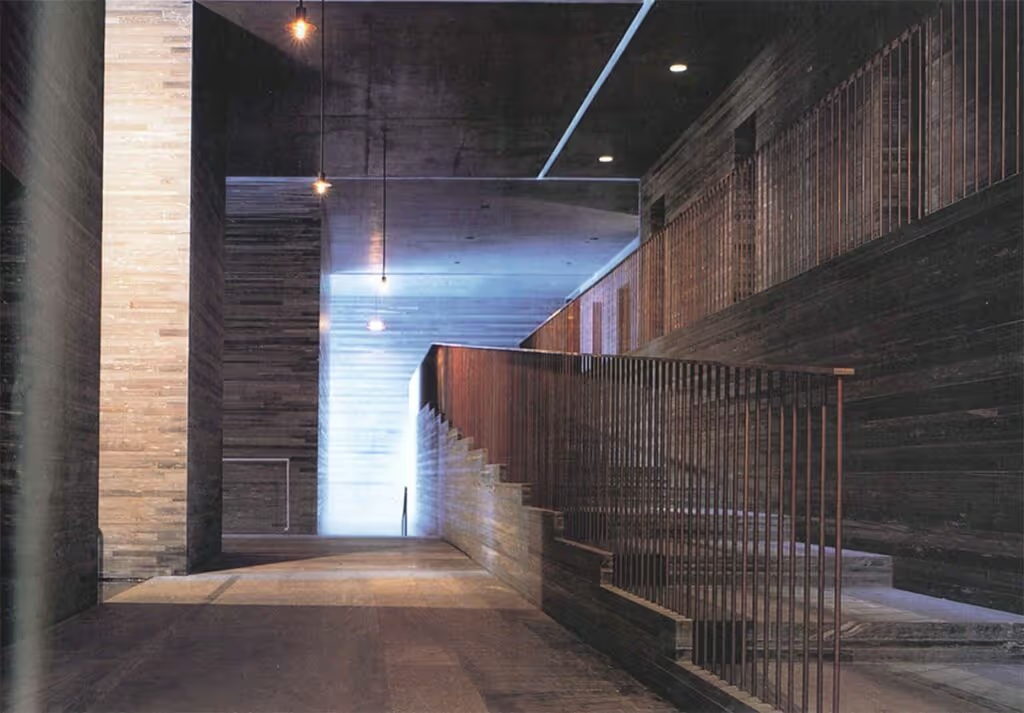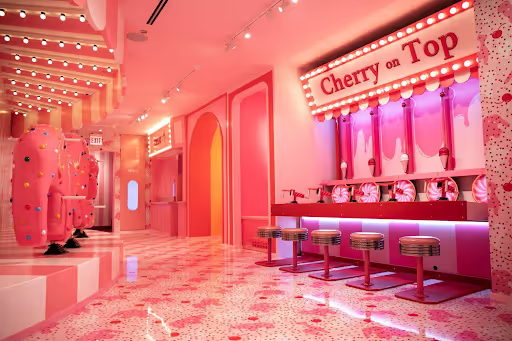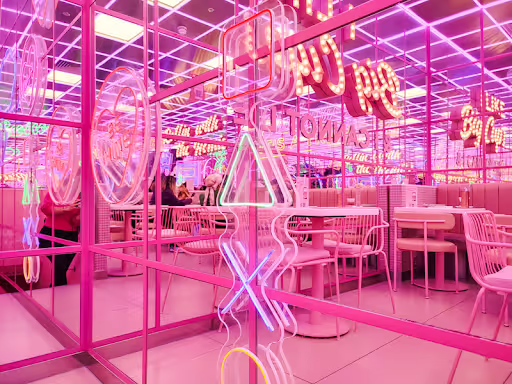Filtered Facades: The Instagram Effect on Perception and Value of Architecture

It is no secret that the influence of social media on our lives has rapidly increased over the past decade and continues to do so. Many businesses are using this to their advantage to bring about growth for themselves through marketing. Instagram being a platform that relies on photos and aesthetics creates a connection to architecture in that its users share photos of various spaces and buildings that they found to be aesthetically appealing. One would think that the architectural field could take this opportunity to grow and increase its business and success, but does it always guarantee a positive outcome? Might there be possible repercussions for the architects?
Designing Architecture
When architects design buildings, several factors come into play such as who will be using the building, what services will be provided in the building or whether it will be an actively used and popular site or a more quiet and calm location. All of this is considered to create a space tailor-made for its purpose following the ‘Form follows function’ principle. Some architects may even choose to go beyond this by trying to manipulate the users’ experience in the building. It could be by guiding them through the building via the spatial arrangement or only allowing a specific amount of light into a room to create a certain effect. These are all design decisions made according to how one will feel in the building.

Frank Lloyd Wright’s New York Guggenheim Museum designed with a spiral ramp to guide visitors through the building. (Image courtesy Guggenheim.org)

Architecture experienced online
The subjects of these posts vary greatly between users and their niches, but one popular subject is architecture, either as a background or as the main content. The more aesthetic an Instagram post is, the more popular it will be. As a result, the platform users make it their goal to capture the most unique backdrops and angles that they can find. They aim to capture something that is not usually seen in the mundane world. Subsequently, if a piece of architecture has been selected as the perfect background, the focus then becomes encapsulating it in the most creative angles, rather than exploring the building in the way that it was designed to be experienced, ultimately disregarding the designer’s intention. They miss out on the original purpose of the building to create the perfect Instagram post.
Consequently, with all these photos on Instagram, many Instagram users ‘experience’ the buildings through these photos on their devices, which in some cases may even be edited and thus, not true to the actual building. This in turn decimates the in-person experience if one would find satisfaction in only seeing the buildings virtually. If they do eventually visit the site, would it be to experience the architecture? Or to recreate the photos that they saw on Instagram?


Instagrammable Architecture
All of this does not go unnoticed. Architecture does, after all, aim to provide the best experience for its users and so with this Instagram popularity, we saw the rise of “Instagrammable Architecture '' where the real world and virtual world merge. These are spaces designed with Instagrammability at the forefront, diverging from the mainstream ways of designing architecture. They tend to be more ‘loud’ and extravagant in their appearances, making use of bright and contrasting colours and crazy patterns and generally being extreme in their aesthetic. They are designed to be photo backdrops rather than to create an experience and appreciation of walking through architecture.


With the popularity and excitement around Instagrammable spaces, what does this mean for the mainstream architects who believe that form follows function? Instagram having its basis around aesthetics makes it an effective propeller for growth and success in the architecture industry. However, considering all this, it poses the question of whether architects will have to abandon their beliefs to receive that popularity and admiration, or stick to their principles because of what has always been and what they believe to be true.
Sign up to try Snaptrude for free or book a demo for your team today!


